20 Kitchen Tools You're Using All Wrong
It's about time you learn how to use a dishwasher.

The kitchen is the heart of the home. It's here where you kickstart your day, cook for your family, and entertain guests—especially if you're lucky enough to have a roomy, light-filled, granite-adorned space (with an island, to boot). According to USDA figures, the average American spends nearly 45 minutes in the kitchen every day. But here's the thing: You're likely doing it all wrong.
And by "it," I mean actually using your kitchen. For most, if not all, of the utensils and appliances within arm's reach, there's a good chance you didn't quite learn how to use them correctly. Did you know, for instance, that there's an order of operations to loading a blender? Or that your standard roll of aluminum foil contains a legitimately life-changing trick?
Herein, we've cobbled together the 20 most common kitchen tools you've been using wrong forever. So read on, and correct your ways. And for when it comes time to actually get down to using these gizmos, be sure you've mastered the 40 Dishes Everyone Over 40 Should Know How to Make.
1
Your garbage disposal.
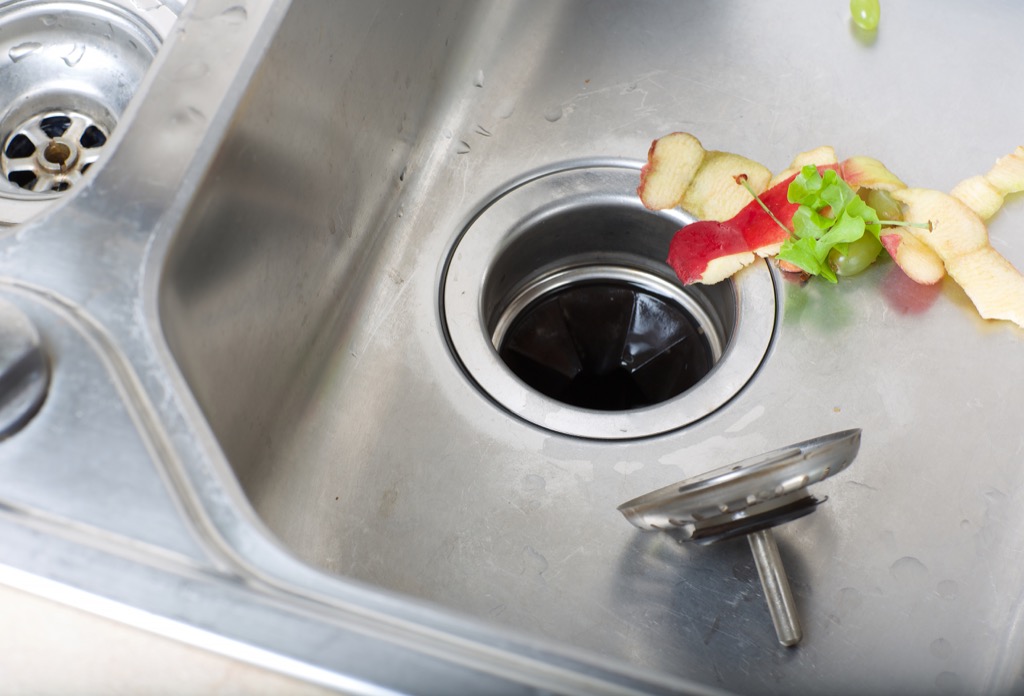
Everyone knows to use hot water while washing dishes. And while it's essential for stripping away grease and eradicating germs, hot water can wreak havoc on your garbage disposal. At its maximum temperature, your sink can easily be 120º Fahrenheit—or higher. And at that level, water can cause food to melt, creating a viscous paste.
So, instead of pulverizing your food and shooting it off to the depths, your disposal will do little more than clog up. Still use hot water to wash your dishes, of course. But switch to cold when you're running the disposal. And for more household advice, learn the 20 Common Household Products That Could Be Dangerous.
2
Your garlic press.

Peeling garlic is, far and away, the worst part of food prep. It's tedious and time-consuming, and demands a level of dexterity unlike that of, say, cracking an egg, or chopping a bell pepper. But there's a quick and easy way to shave minutes off the process: Don't do it at all. Your standard-fare garlic press will force cloves out of their protective peels for you.
3
Aluminum foil.
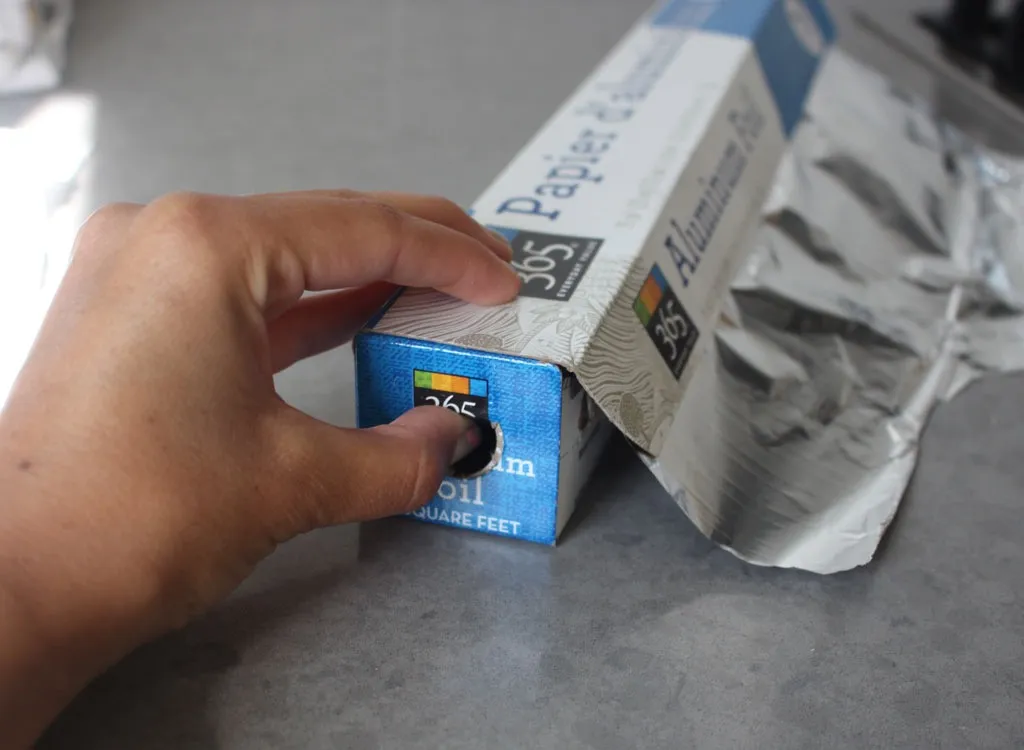
As the folks at Eat This, Not That! reported, you're likely skipping out on a "life-changing" (that's not hyperbolic: I showed this trick to my septuagenarian grandmother, the most culinarily experienced person I know, and that's how she described it) hidden feature in any box of aluminum foil or saran wrap in your kitchen. On the side of each box, there are tiny perforated tabs. Push them in, and you'll secure the roll in place, never to worry about awkwardly sliced foil again.
4
Your dishwasher.

It's the pet peeve of anyone cohabiting, whether with roommates or significant others: No one knows how to properly load the dang thing! Here are the rules (and yes, they're set in stone).
Cups, mugs, and small flatware on top; everything else on bottom. And when it comes to silverware, put the pointy end down. Few things are more shocking—and painful—than inadvertently taking the business end of a fork or knife right in the palm. And for more great kitchen advice, steal the best steak-cooking tip from the one-and-only Bobby Flay.
5
Your dishwasher (again).
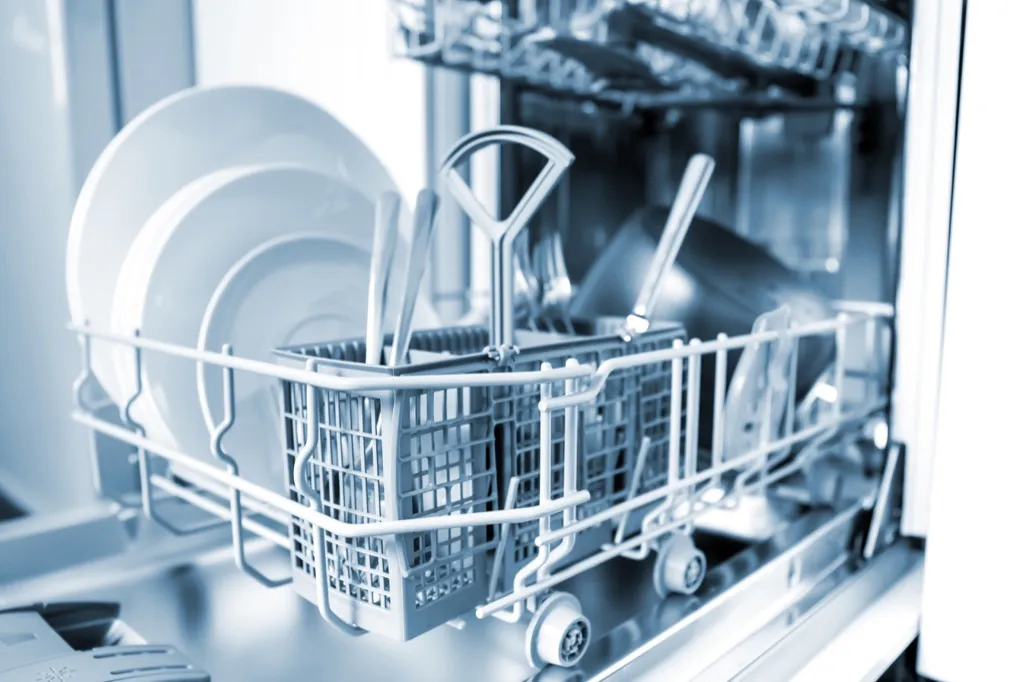
Also, a note on that bottom shelf: When you're loading it up, put carb-encrusted plates in the middle. As researchers from the University of Birmingham found (it's wild what some grants will pay for these days), common carbs, like mashed potatoes, tend to be fully washed away when they're placed in the middle of the rack, where they'll face the full brunt of the water's blast.
6
Your dishwasher (yes, there's more).
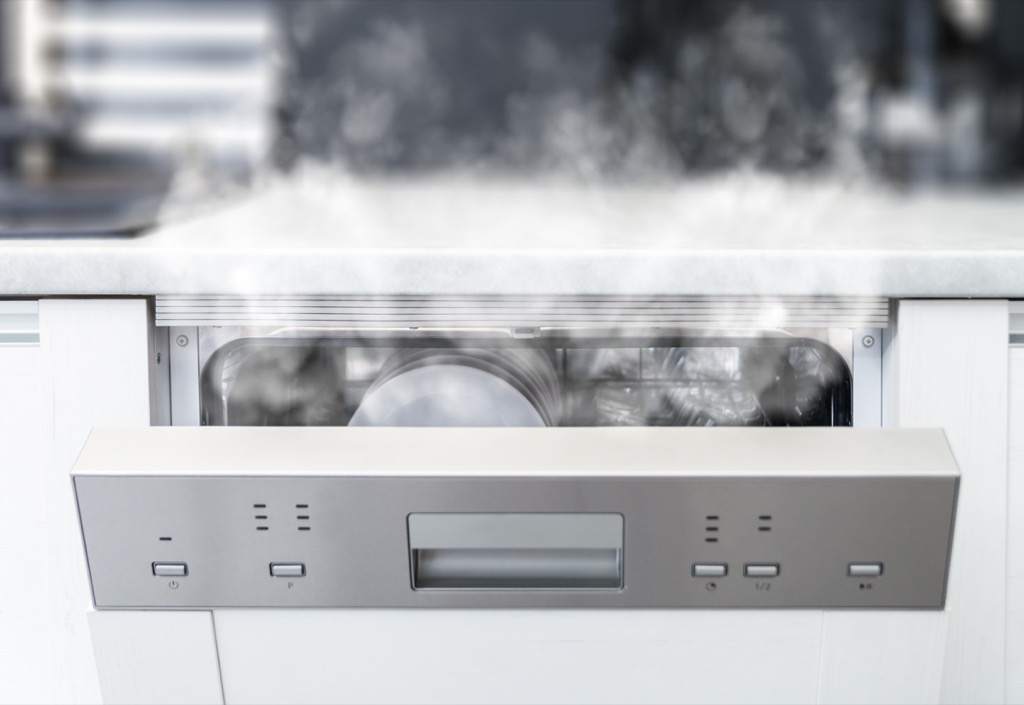
As the folks at GE warn, your dishwasher isn't going to be effective unless it's in the 120º to 150º Fahrenheit range. Too cold, and the machine won't kill any germs. Too hot, and it may melt any plastic dishes within. So, with that in mind, ask yourself: Do you know how cold or hot your dishwasher runs? (It's okay. You don't have to tell us.)
Thankfully, there's an easy solution. First, turn your sink on to the hottest temperature. Let it run for 90 seconds (most sinks will hit maximum temperature in this time, and if yours doesn't, then you have bigger issues). Then, test the water by placing a meat thermometer in a glass and filling up. If your final temperature is in the sweet spot, you're good. If not, you may want to get your water heater checked.
7
Your dishwasher (continued…).
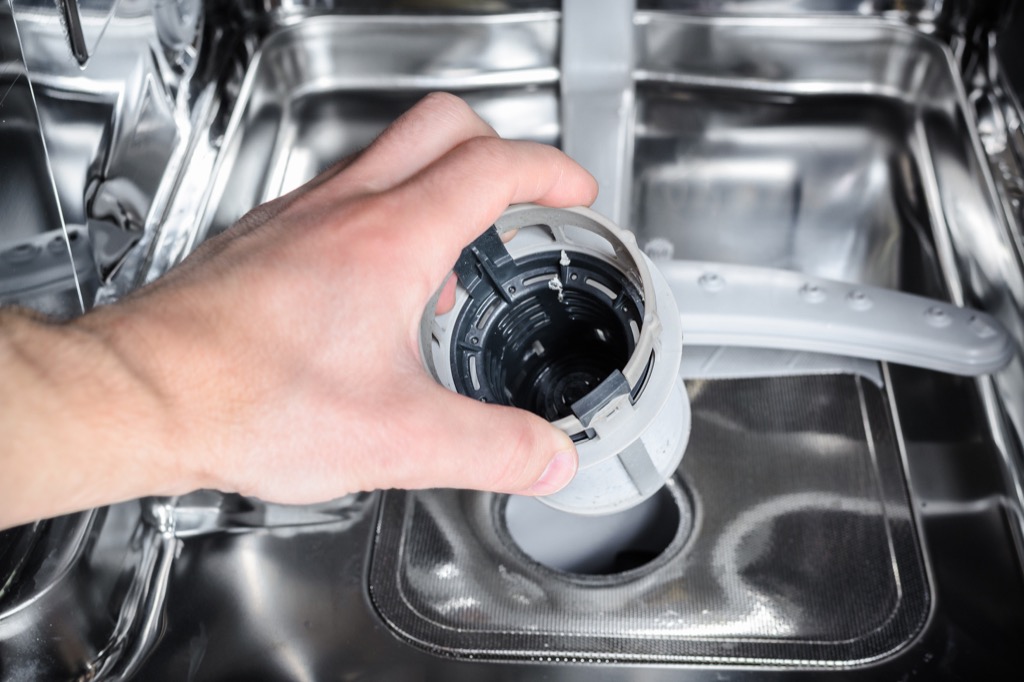
If you find yourself frequently unloading a dishwasher to disappointing results—you know: dishes still caked with food—the natural inclination might be to think your appliance is broken. It's not. You likely just need to clean out the drain.
First, remove the bottom rack, and inspect the drain (that circular pipe thing in the center). Remove any obvious blockage. Then, fill a container with one cup of white vinegar, put it on the top rack, and run the dishwasher—empty for everything save the cup. This should eradicate any drain-clogging grease.
8
Your blender.

In all parts of life, there's an order to things—and blenders, it turns out, are no exceptions. According to the folks at Vitamix—the ne plus ultra of blenders—you'll want to load your machine in this order: liquids, powders, leaves, fruits, solids (ice, frozen produce, and other ice-hard). If you load harder objects into the blender first, the blades could have a tough time starting up, meaning it'll take you much longer than necessary to make a smoothie.
If you can't remember the exact oder of operations, think of it like this: put the ingredients in ordered by how much you'd like to dive into a pool of the stuff. Least painful (liquid) first. Most painful (ice) last.
9
Big knives.

Chances are, you tend to grip larger knives—chef's knife, carving knife, that sort of thing—by the handle. And while that's certainly a safer approach than grabbing a knife by the blade, you're doing it wrong… Kind of. When you use a knife, hold your thumb and pointer finger on the blade (like pictured). You'll suddenly find yourself with laser-focused precision.
10
Spaghetti serving spoons.
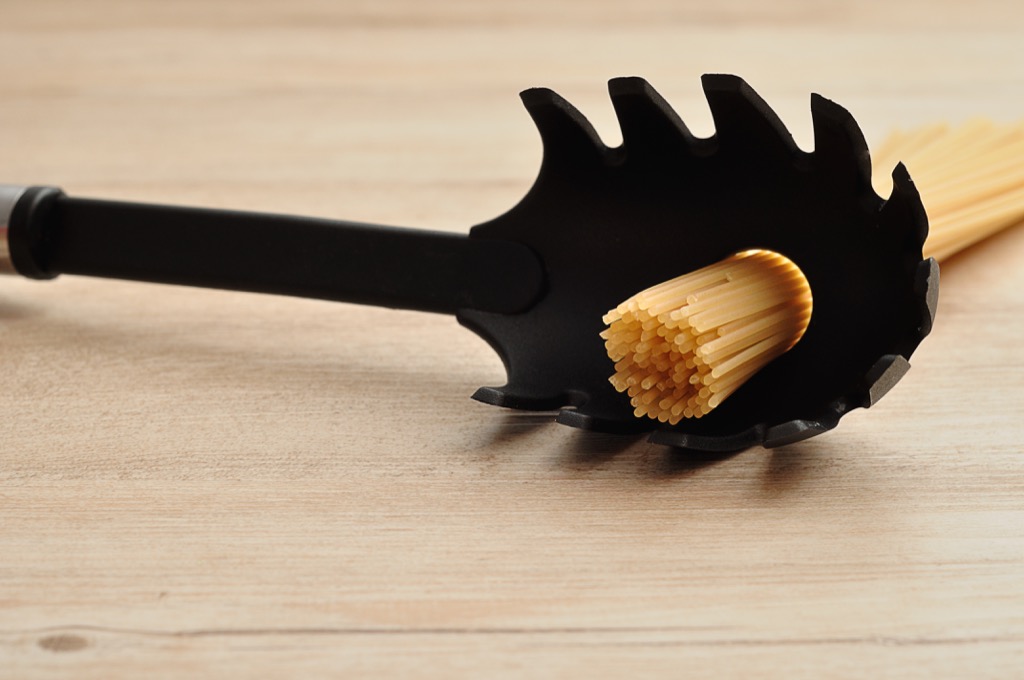
Those holes in your set of spaghetti serving spoons aren't meant to drain water. (Though they of course get the job done quite well.) They're meant to measure out portions of spaghetti—or fettuccine, or linguine, or whatever long pasta you prefer. Mind-blowing, right?!
11
Wine openers.
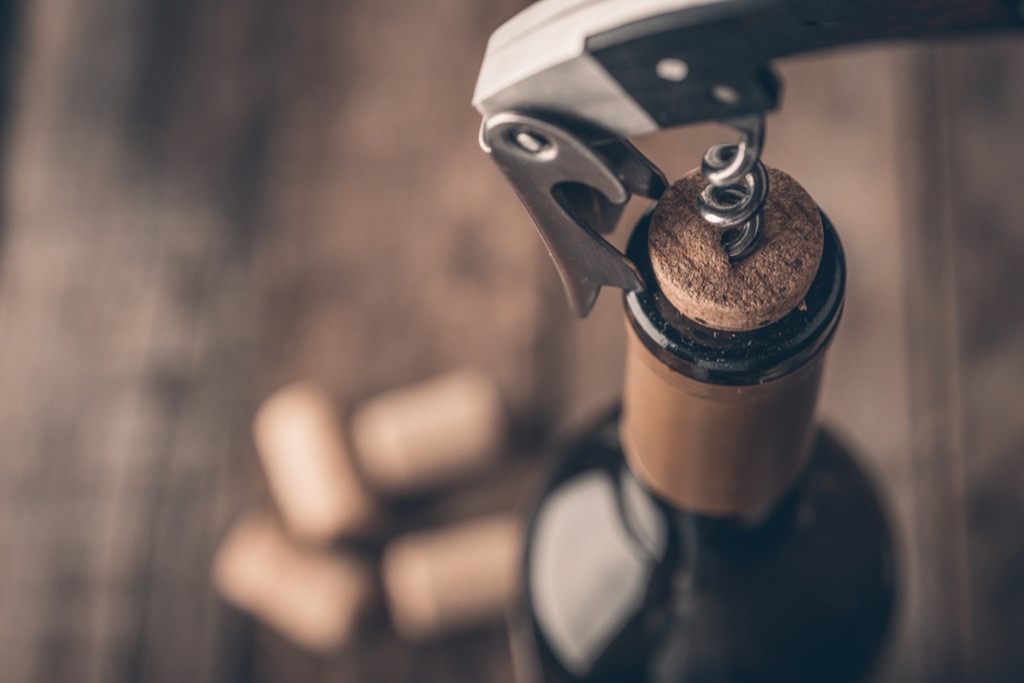
If you closely inspect your wine key, you'll notice a second hinge on the arm (the non-twirly part). That's because you're supposed to use both hinges when uncorking a new bottle. First, screw the corkscrew about 80 percent into the cork. Use the "base" hinge (the one closer to the handle) to pull the cork out about halfway. Then, switch to the second hinge. This way, you won't suffer any unwanted cork breakage. However, if you still screw up, break out your inner MacGyver and learn how to open a wine bottle without a corkscrew.
12
Vegetable peelers.
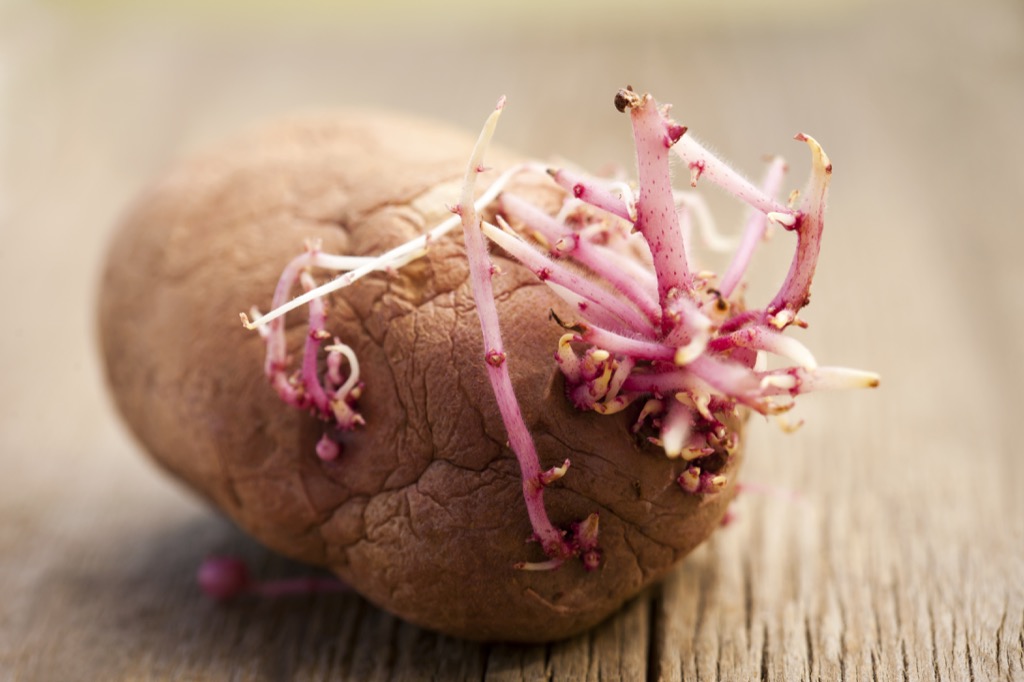
Leaving a potato in a warm, well-lit environment can result in unsavory growths that seem straight out of a horror flick. That's because potato eyes—or blemishes—are stem beds, and can sprout new potato plants. Potato eyes are harmless, and there's really no need to worry about eating them, so long as they haven't sprouted.
But still, but we wouldn't blame you for steering clear of any potato with eyes (so, all potatoes). Or, you could make use of your vegetable peeler; the talon-like tip is used to core potatoes, so the fearful out there (yours truly) don't have to chop off entire hunks of potato.
13
Coffee filters.
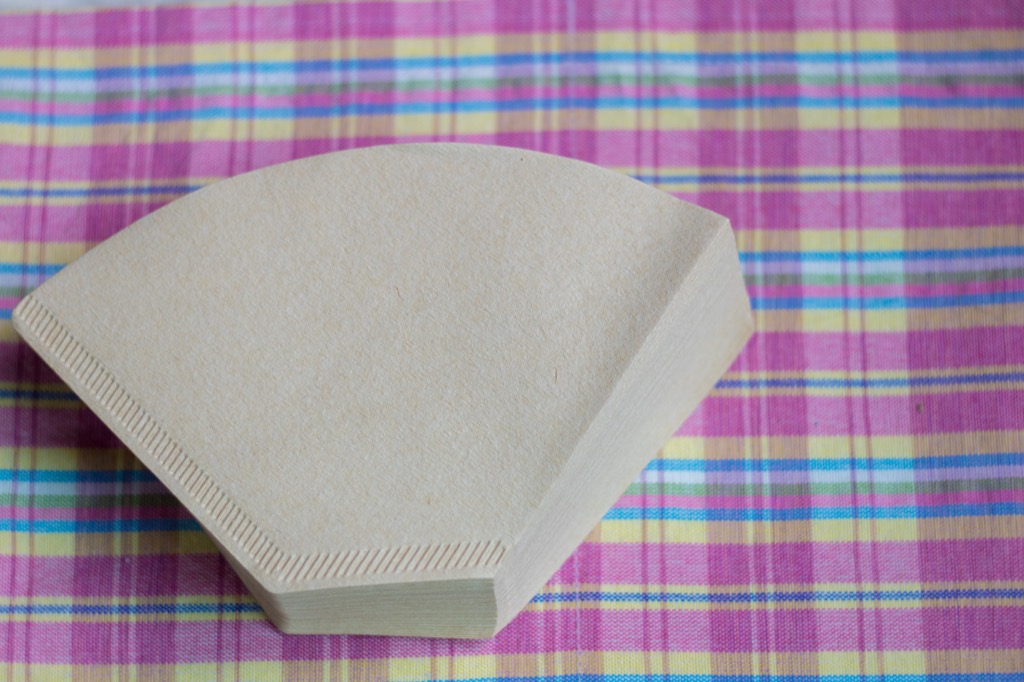
Without fail, coffee filters—of all shapes and sizes—will always poke out of the top, at least a little bit. That's because you're not folding down the edges. Along the base and side of your filter, you'll see perforated edges. Fold them inward, and your filter will fit like a glove.
14
Your microwave (in some cases).
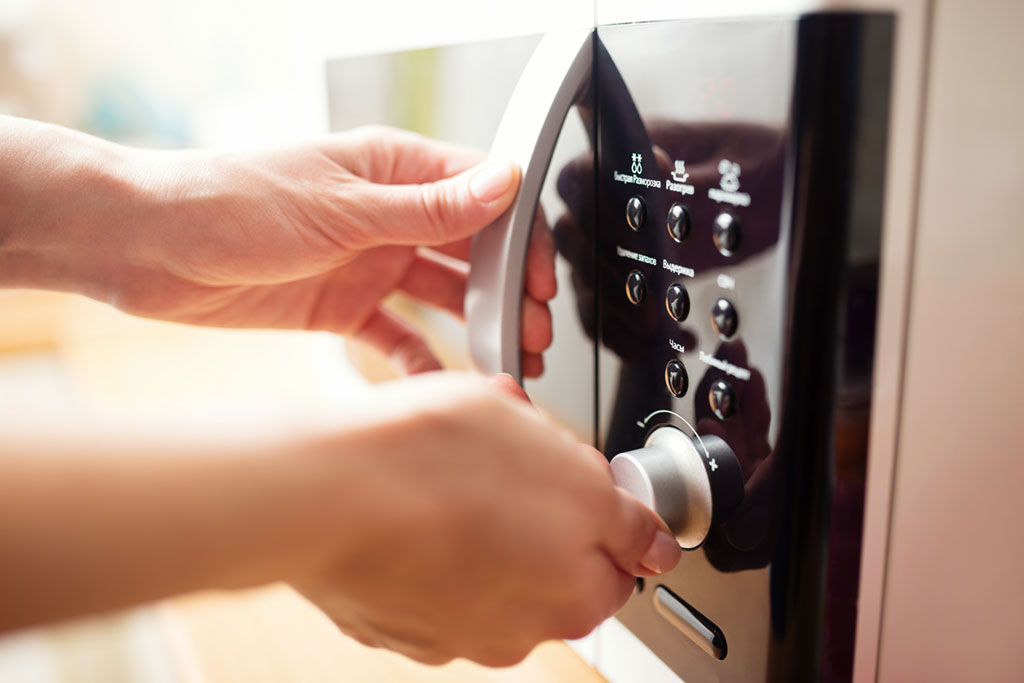
If the plate in your microwave doesn't rotate, bad news: You'll have to do it manually. See, microwaves operate on, well, waves—in a highly scientific process that NPR can explained clearly—that make it so certain areas in your microwave will heat your food, while other areas won't do a thing. To get a full reheating, your dish has to rotate around the entire appliance.
15
Your oven.
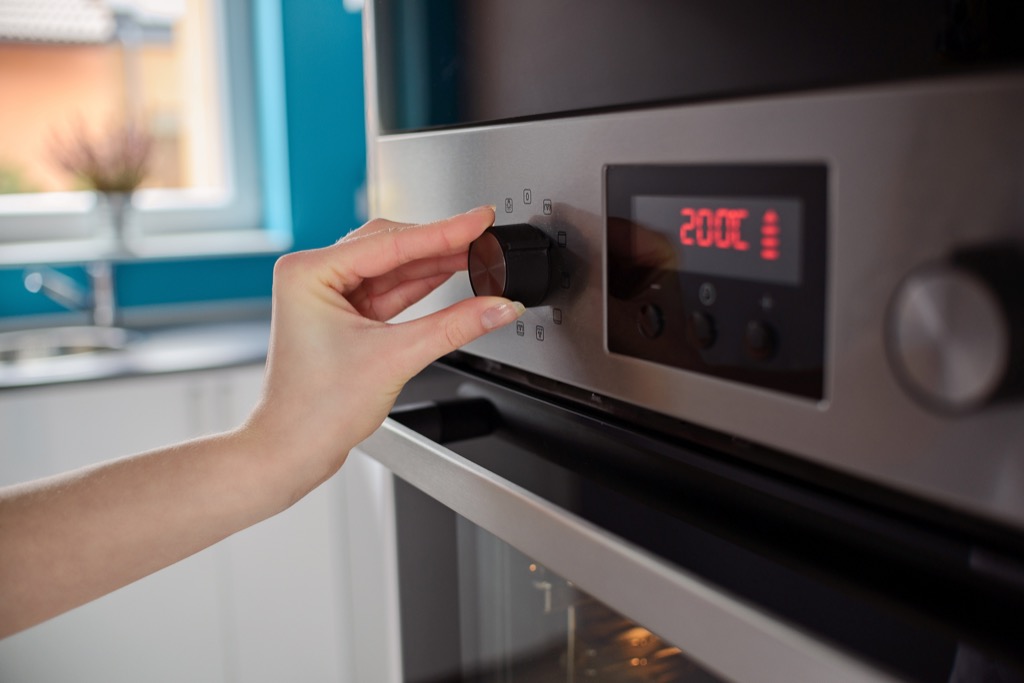
Busy schedules demand cutting corners. But there's one corner you should never cut: preheating your oven. If you don't let your oven preheat all the way before putting your dish in, your food will cook unevenly. (Yes, that's why your frozen burrito is still ice-encrusted in parts.)
16
Your oven's lower "drawer."
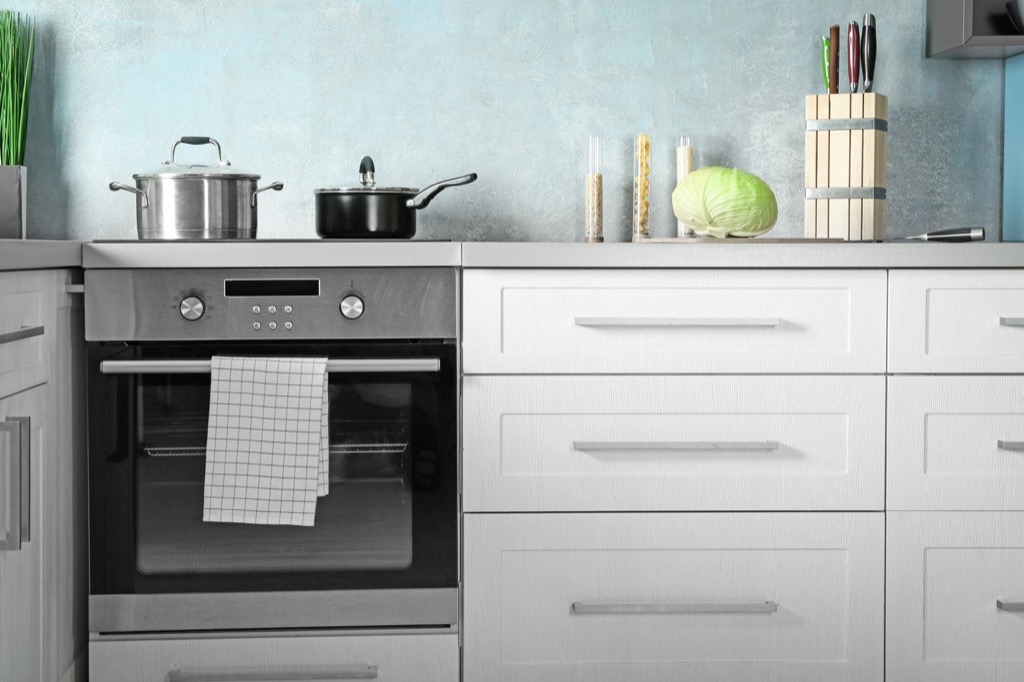
That "drawer" underneath your oven isn't a drawer. It's a broiler. Clear your pots and pans—and cutting boards, especially if they're plastic—out of there, stat.
17
Saucepans.
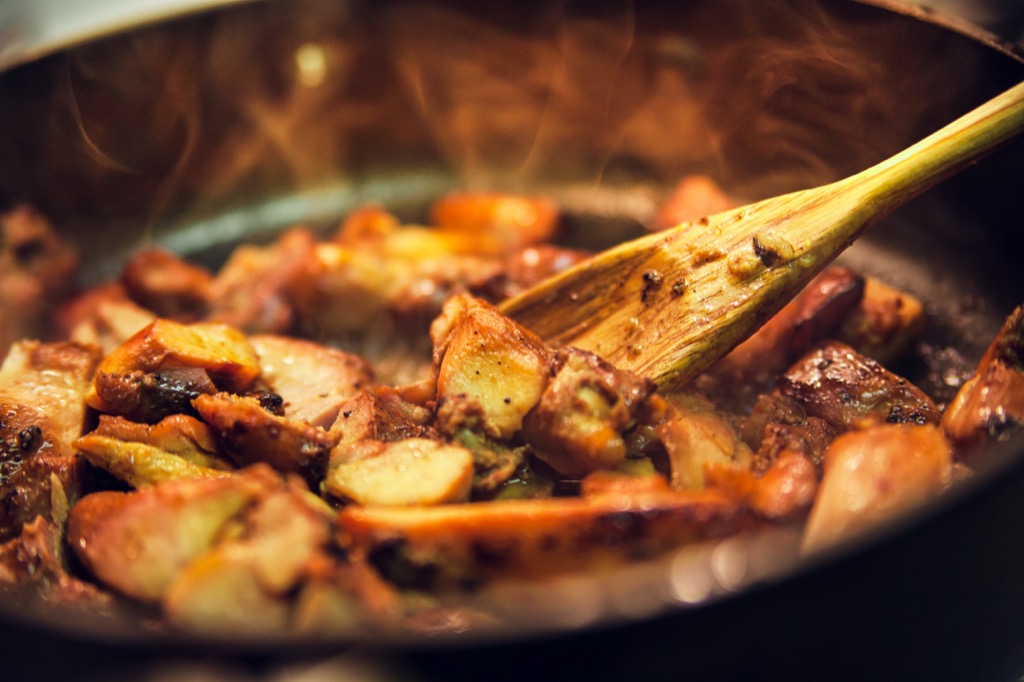
Your standard saucepan has a hole in the handle. It's incredibly helpful for storage; you can dangle your pans from a pot rack. But the true use of the hole is meant for sauce spoons. Instead of laying your spoon on your counter (ew), stick the spoon upright in the handle's hole. You'll be surprised to find it sticking straight up.
18
Wooden cutting boards.

Wooden cutting boards are superior to their plastic cousins in every way. They're sturdier, cleaner, and automatically grant your kitchen some serious décor points. But you may not be cleaning yours correctly. First, you want to do it by hand. Soak the board in some hot water and soap, and then air-dry. (Standing it upright will get it done quickest.) Then, sprinkle some salt over the board, and rub down with a lemon slice. This will remove any stains. Finally, never put it in the dishwasher. Constant-flowing, piping-hot water can warp the wood.
19
Your fridge.

It's not so much that you're stocking your fridge incorrectly, per se, but there's a secret trick you may have missed out on. If you're trying to eat health, be sure to put the healthiest snacks—baby carrots, sliced peppers, hummus—on the middle shelf. When hunger strikes, your eye will naturally gravitate toward these healthy options. And for more great healthy eating advice, bone up on the 40 Heart Foods to Eat After 40.
20
Your kitchen.

According to National Fire Protection Association figures, in between 2011 and 2015 (the latest range for which data is available), more than 170,000 home fires started in the kitchen. And of those, nearly half were a result of unattended flammable equipment—tinfoil in a microwave, or a stovetop left on after a meal. When you're done cooking, take extra care to make sure everything is turned off. Except your fridge. That can stay on.
To discover more amazing secrets about living your best life, click here to sign up for our FREE daily newsletter!





















